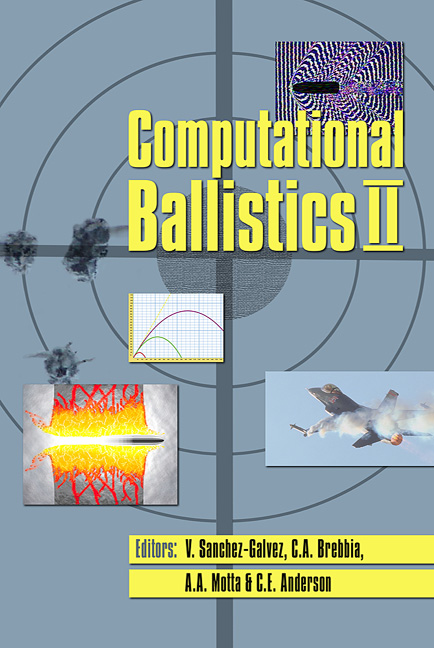Influence Of The Constitutive Relation In Numerical Simulations Of The Perforation Of Steel Plates
Price
Free (open access)
Transaction
Volume
40
Pages
11
Published
2005
Size
555 kb
Paper DOI
10.2495/CBAL050181
Copyright
WIT Press
Author(s)
S. Dey, T. Børvik, O. S. Hopperstad & M. Langseth
Abstract
In the present study, the influence of the constitutive relation in numerical simulations of the perforation of steel plates has been studied using the nonlinear finite element code LS-DYNA. Two well-known constitutive relations found in the literature are combined with a fracture criterion, and these models have been used in the simulations. The different models have been calibrated and validated for the target material Weldox 460 E using experimental data obtained from tensile tests where the effects of strain rate, temperature and stress triaxiality were taken into account. Numerical simulations of the perforation process indicate that the physical mechanisms can be qualitatively well predicted independently of the chosen constitutive relation, but quantitatively more severe differences appear. Keywords: high-strength steel, Johnson-Cook, Zerilli-Armstrong, ballistic penetration, LS-DYNA. 1 Introduction In order to model the mechanical response of structures exposed to ballistic impacts, it is necessary to establish reliable constitutive relations and failure criteria as functions of large strains, high strain-rates, high temperatures, varying stress states and history of loading, in addition to accumulation of damage and mode of failure. A complete description that includes all these phenomena is however difficult to obtain, and certainly the model will become more complex by increasing the number of phenomena involved. To simplify the modelling it is necessary to introduce assumptions according to the problem investigated.
Keywords
high-strength steel, Johnson-Cook, Zerilli-Armstrong, ballistic penetration, LS-DYNA.




